In the modern era, having a stable internet connection on your Windows 11 computer is essential for work, communication, and entertainment. Facing network connectivity issues can be incredibly frustrating. Fortunately, there are several solutions you can try to resolve these problems.
Reset Network Components
One effective way to tackle network connection issues is by resetting your network components. This action resets configurations like firewall settings, TCP/IP settings, and flushes DNS, which can eliminate any improper settings causing the problem.
Step 1: Open the Start Menu and type Terminal to search for it. Right-click on the 'Terminal' app in the results and select 'Run as administrator'.

Step 2: If prompted by User Account Control (UAC), click 'Yes' to grant administrative privileges.
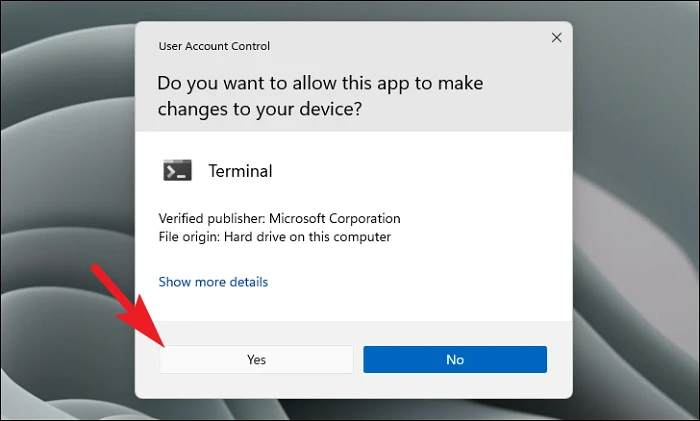
Step 3: In the Terminal window, click the chevron (downward arrow) icon and select 'Command Prompt' from the dropdown menu.

Step 4: Type or copy and paste the following command and press Enter to reset the TCP/IP stack:
netsh int ip reset
Step 5: Run the following commands one by one, pressing Enter after each, to reset the firewall settings, reset the Winsock catalog, flush the DNS, release and renew your IP configuration:
netsh advfirewall resetnetsh winsock resetipconfig /flushdnsipconfig /releaseipconfig /renew
Step 6: After executing all the commands, restart your computer and check if the network connection issue is resolved.
Restart Your Router
Sometimes, the issue might not be with your computer but with your router. Restarting your router can help resolve temporary glitches or connectivity problems on the network side.
Step 1: Locate the power button on your router, usually found at the back near the LAN ports. Press the button to turn off the router. If you cannot find the button, you can unplug the router from the power source.
Step 2: Wait for about two minutes to allow the router to fully shut down.
Step 3: Turn the router back on by pressing the power button again or plugging it back into the power outlet.
Step 4: Once the router has restarted, try connecting to the internet again on your computer.
Note: If the Internet LED on your router is off or showing a different color, your Internet Service Provider (ISP) might be experiencing an outage. Consider contacting your ISP to confirm.
Reinstall Network Adapters
If resetting network components didn't work, reinstalling all network adapters can help. This process removes and reinstalls your network hardware drivers, which can fix any underlying issues.
Step 1: Open the Start Menu and select 'Settings'.
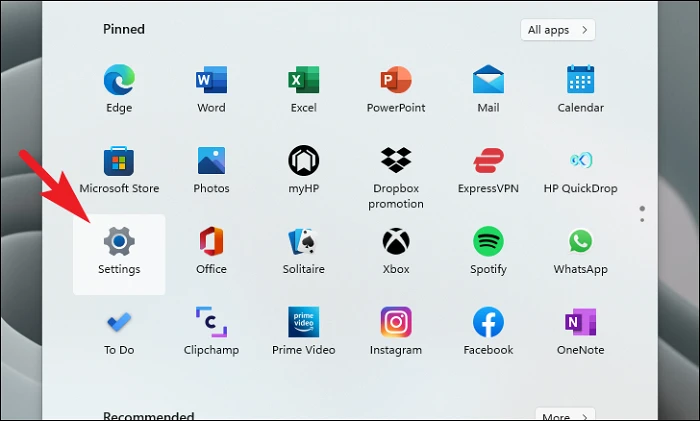
Step 2: In Settings, click on 'Network & internet' from the left sidebar.
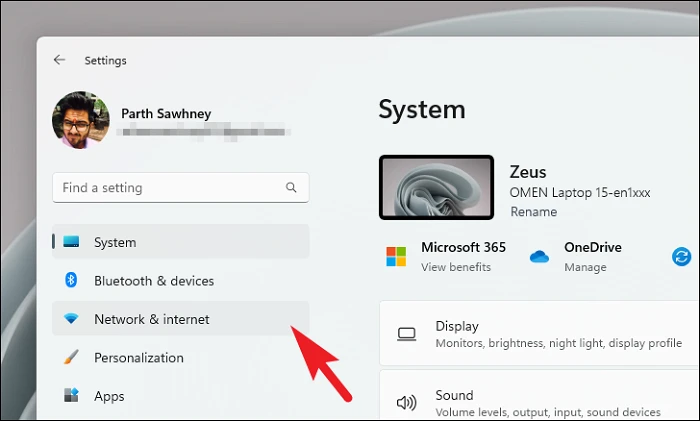
Step 3: On the right side, click 'Advanced network settings'.

Step 4: Scroll down and click on 'Network reset'.
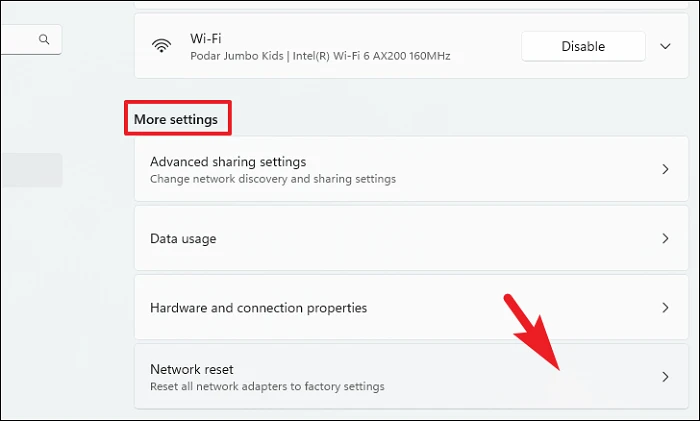
Step 5: Click on 'Reset now'. This action will restart your PC and reinstall all network adapters.
Note: This process will remove any saved network passwords and VPN software. Make sure to have this information handy to reconnect after the reset.
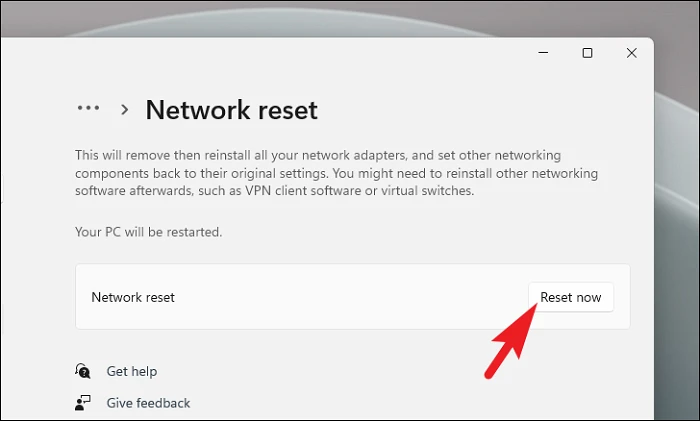
Step 6: After your computer restarts, try connecting to your network again to see if the issue is resolved.
Update Network Drivers
Outdated or corrupted network drivers can cause connectivity issues. Updating them might resolve the problem.
Step 1: Press Windows + X and select 'Device Manager' from the menu.
Step 2: In Device Manager, expand the 'Network adapters' section by double-clicking on it.
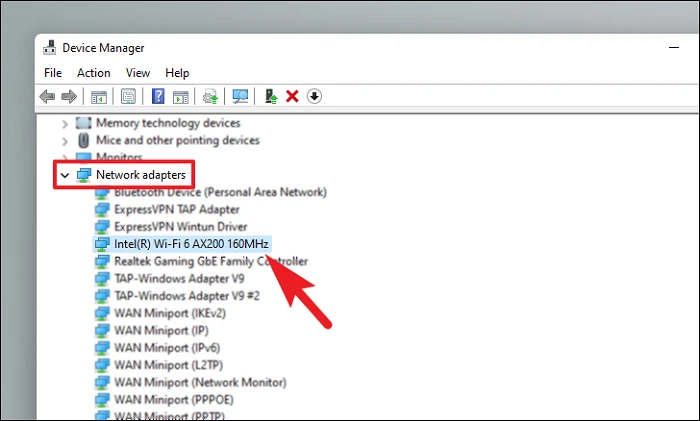
Step 3: Find your Wi-Fi adapter, right-click on it, and select 'Properties'.
Step 4: In the Properties window, click on the 'Driver' tab, then click 'Update Driver'.
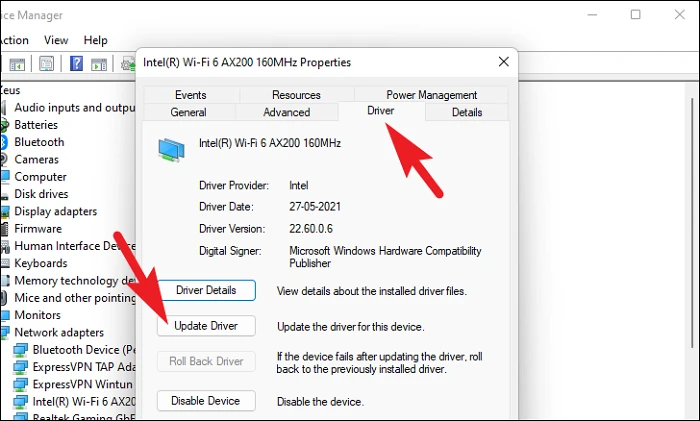
Step 5: Choose 'Search automatically for drivers' to let Windows find and install the latest driver for your network adapter.
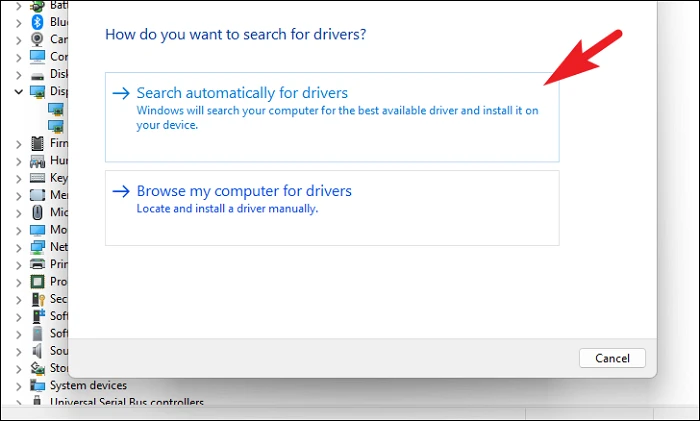
Step 6: Once the driver is updated, restart your computer and check your network connection.
Run Network Troubleshooters
Windows 11 includes built-in troubleshooters that can automatically detect and fix common network problems.
Step 1: Open 'Settings' from the Start Menu.
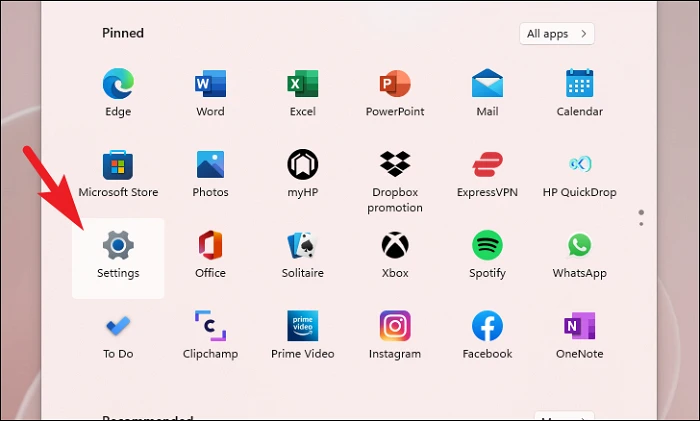
Step 2: Click on 'System' in the left sidebar, then select 'Troubleshoot' on the right.
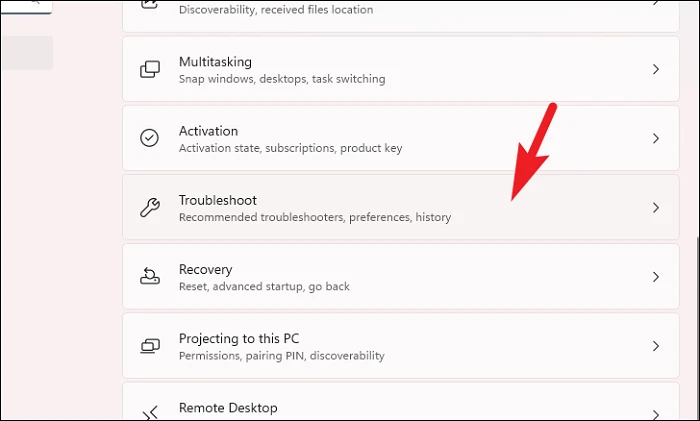
Step 3: Click on 'Other troubleshooters'.
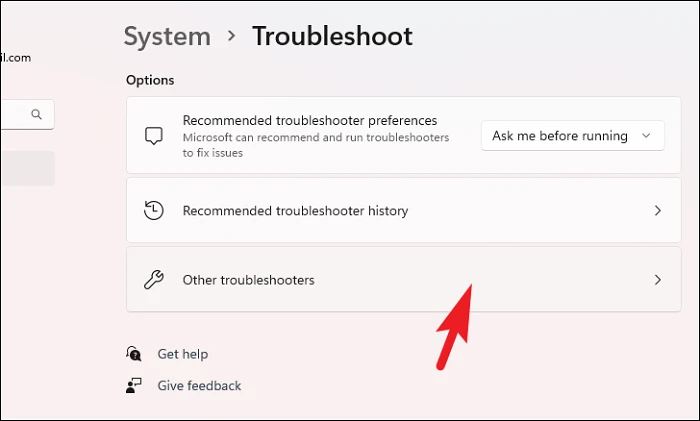
Step 4: Under 'Most frequent', find 'Internet Connections' and click 'Run'.
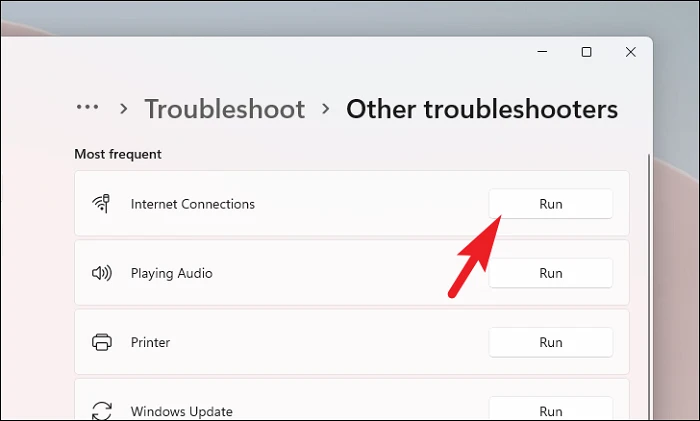
Step 5: In the troubleshooter window, select 'Troubleshoot my connection to the Internet'. The troubleshooter will attempt to detect and fix issues.

Step 6: If the issue persists, run the 'Network Adapter' troubleshooter from the same 'Other troubleshooters' menu.
Disable IPv6
Sometimes, disabling IPv6 can resolve network connection problems due to compatibility issues.
Step 1: Go to 'Settings' and select 'Network & internet' from the left sidebar.

Step 2: Click on 'Advanced network settings' on the right.
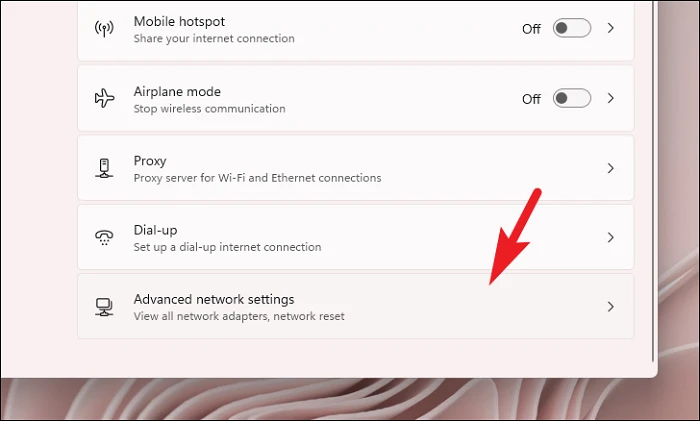
Step 3: Click on 'More network adapter options'. This will open the Network Connections window.

Step 4: Right-click on your active network connection and select 'Properties'.

Step 5: In the Properties window, uncheck 'Internet Protocol Version 6 (TCP/IPv6)' and click 'OK'.
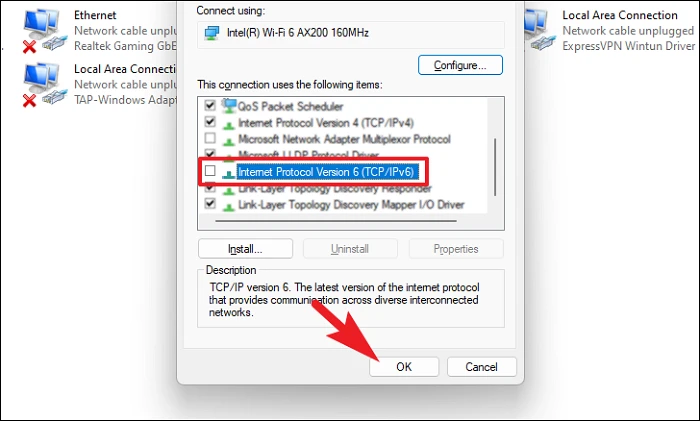
Step 6: Restart your computer and see if the network issue is resolved.
Check Power Management Settings
On laptops, power management settings can sometimes disable network adapters to save power, which might disrupt your connection.
Step 1: Open the Control Panel by searching for 'Control' in the Start Menu and selecting 'Control Panel' from the results.
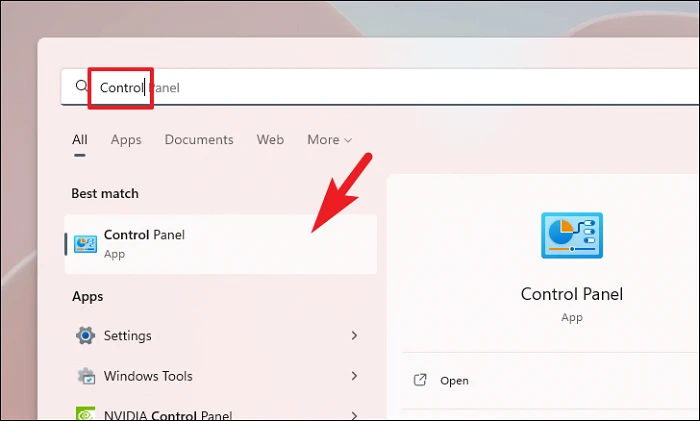
Step 2: Click on 'Power Options'.
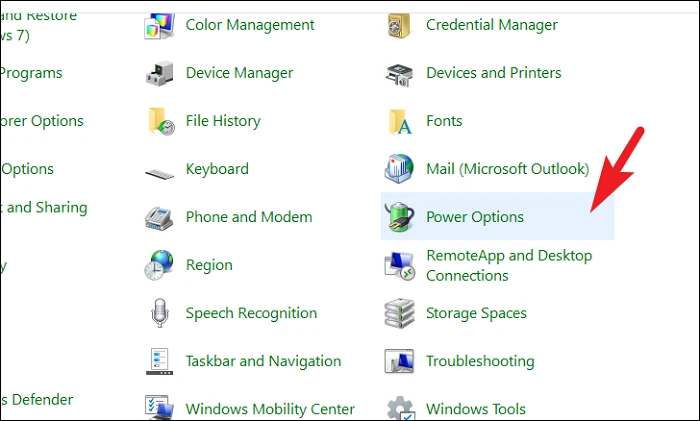
Step 3: Next to your selected power plan, click 'Change plan settings'.
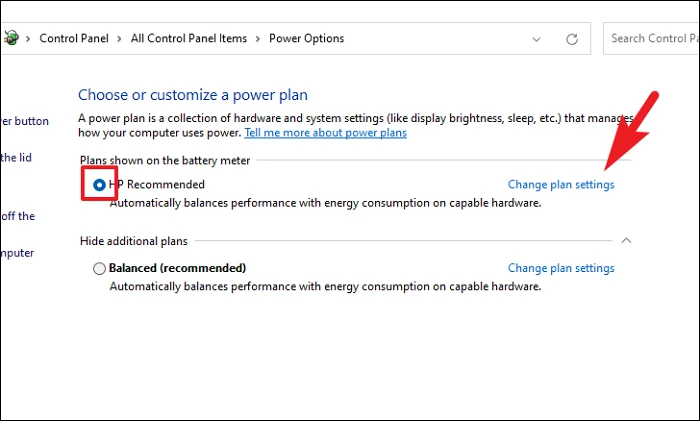
Step 4: Click on 'Change advanced power settings'.

Step 5: In the Power Options window, expand 'Wireless Adapter Settings', then expand 'Power Saving Mode'.
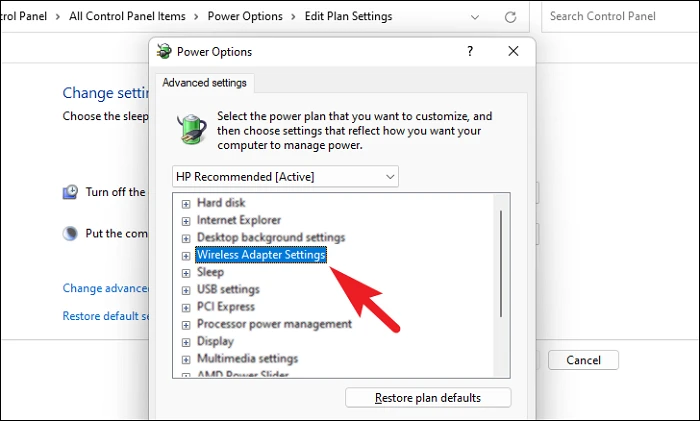
Step 6: For both 'On battery' and 'Plugged in', select 'Maximum Performance' from the dropdown menus.
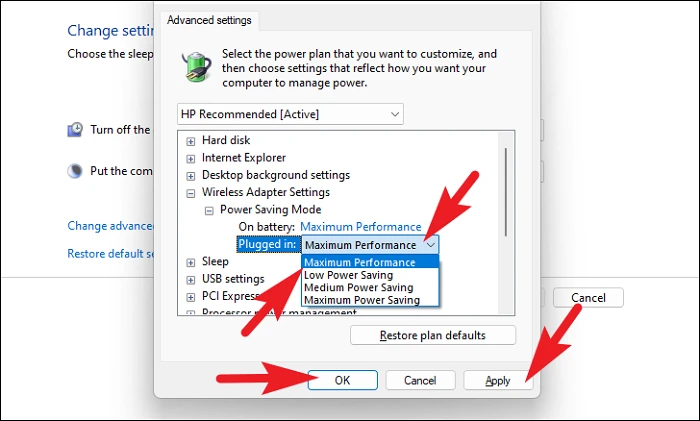
Step 7: Click 'Apply' and 'OK' to save the changes.
Update Windows
Keeping Windows up to date ensures that you have the latest features and bug fixes, which can help resolve network issues.
Step 1: Open 'Settings' from the Start Menu.
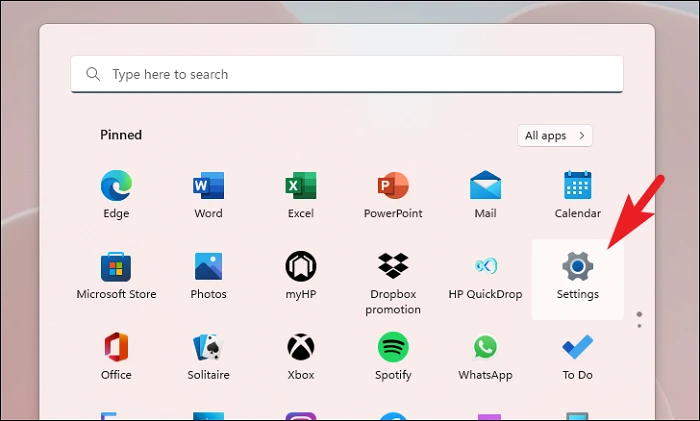
Step 2: Select 'Windows Update' from the left sidebar.
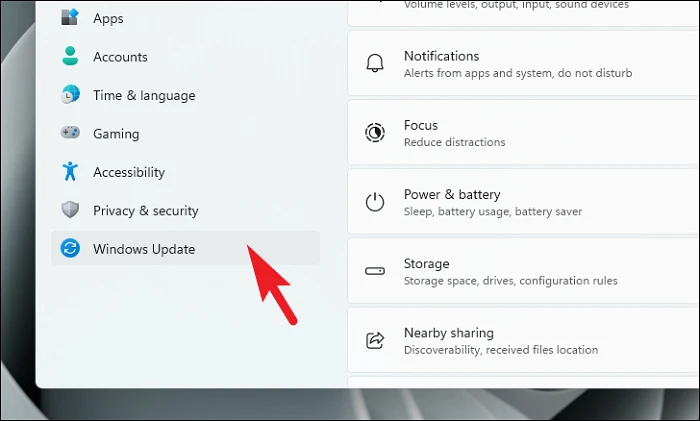
Step 3: Click on 'Check for updates'. If updates are available, click 'Download & install' and follow the prompts.
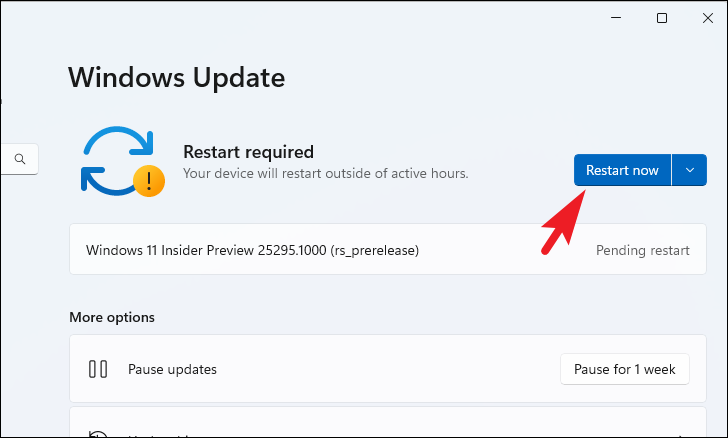
Step 4: After installing updates, restart your computer and check your network connection.
Restart Your Computer
It might sound simple, but restarting your computer can resolve many temporary glitches and conflicts that might be affecting your network connectivity.
Step 1: Click on the Start Menu, then click the 'Power' icon.
Step 2: Select 'Restart' from the options.
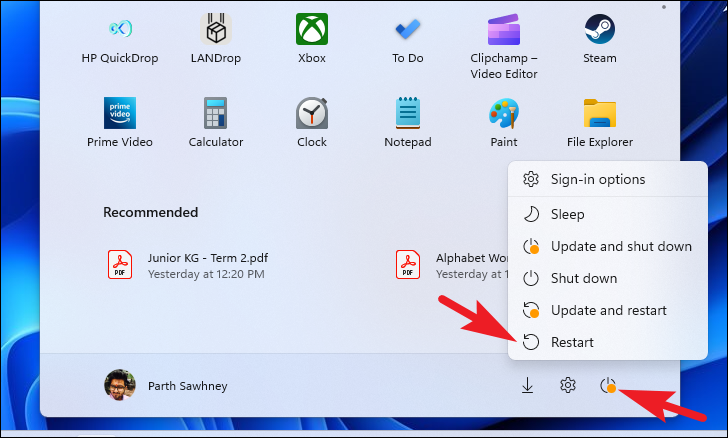
Step 3: Once your computer restarts, check to see if your network connection is working properly.
Toggle Airplane Mode
Enabling and then disabling Airplane Mode can refresh your network connections and resolve minor issues.
Step 1: Click on the 'Wi-Fi' icon in the taskbar to open the Quick Settings panel.
Step 2: Click on the 'Airplane Mode' icon to enable it. Wait a few seconds.
Step 3: Click the 'Airplane Mode' icon again to disable it.
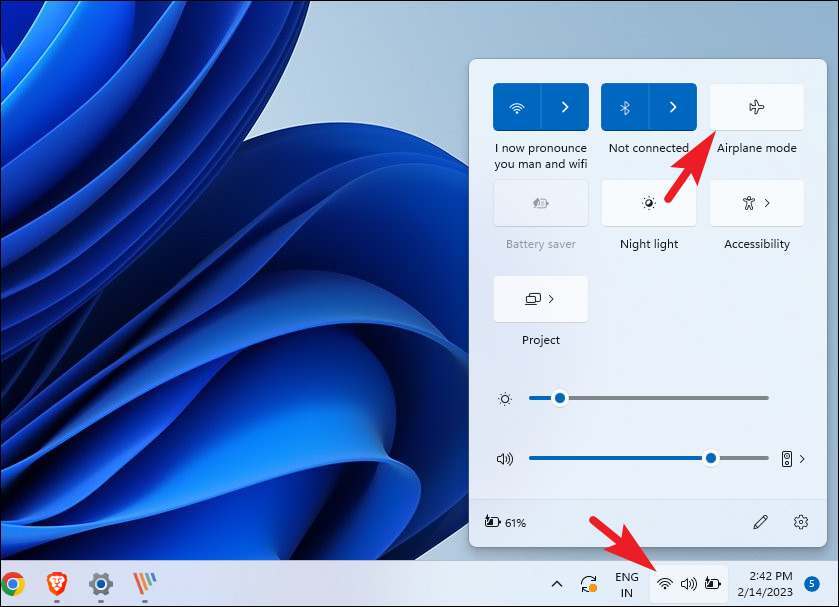
Step 4: Check if your network connection has been restored.
Roll Back to a System Restore Point
If all else fails, you can try rolling back your system to a previous restore point before the network issues began. This can undo recent changes that might be causing the problem.
Step 1: Search for 'Control Panel' in the Start Menu and open it.
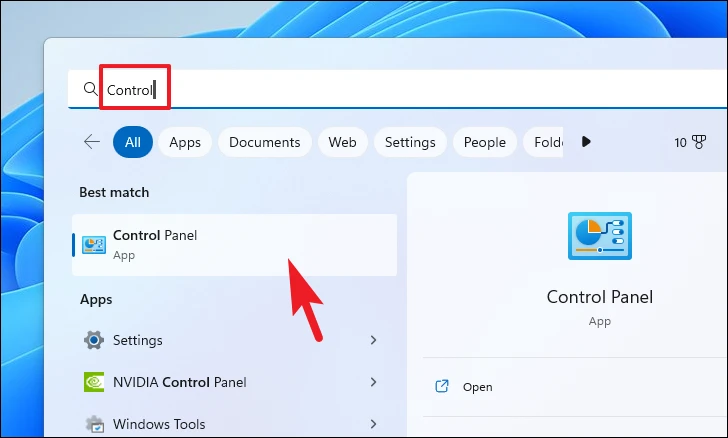
Step 2: Click on 'Recovery' in the Control Panel.
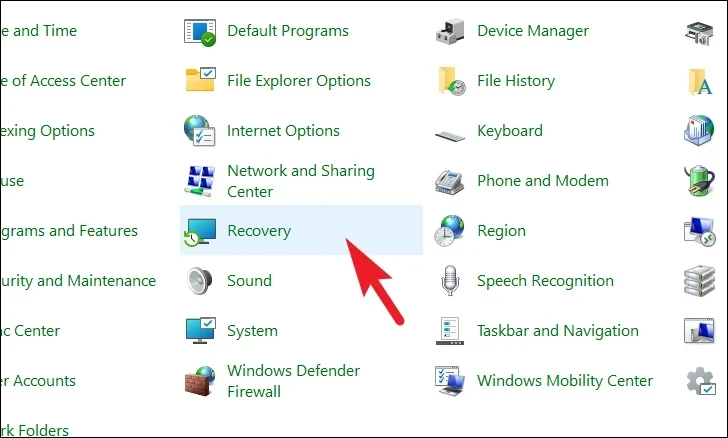
Step 3: Select 'Open System Restore'.

Step 4: Click 'Next' in the System Restore window.
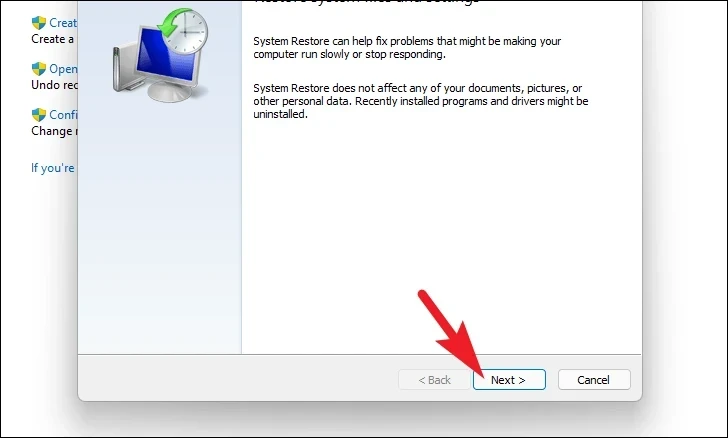
Step 5: Choose a restore point from before the network issues started and click 'Next'.

Step 6: You can click on 'Scan for affected programs' to see what will be changed. Then, click 'Finish' to start the restore process.

Note: Restoring your system will remove any apps and updates installed after the restore point was created.
By following these steps, you should be able to resolve network connection issues on your Windows 11 computer and get back online.


